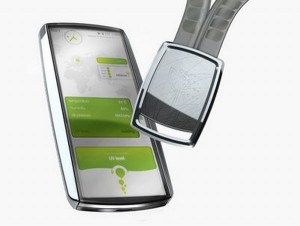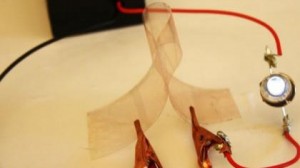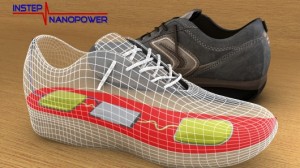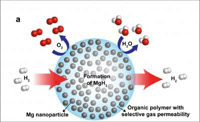
Ascent Solar Technologies develops innovative, lightweight, flexible, thin-film solar photovoltaic modules (that’s a mouthful, I know — read it again). Ascent’s flexible CIGS solar panels are so innovative they were named one of TIME’s are designed to integrate with limitless applications, transforming unused surface area into a source of clean, renewable energy.50 Best Inventions of 2011, one of only six “green” inventions to make the list this year. The list is featured in the November 28, 2011 issue of TIME (which, somehow, is already online… oh, old media, how you amuse me).
 Follow
Follow


